Fatehpur Sikri, , a city predominantly in red sand-stone, situated at a distance of 37 kms from Agra, was built by the Mughal Emperor Jalal-ud-din Mohammad Akbar, in honour of the great Sufi saint Sheikh Salim Chisti ; its magnificence and uniqueness offers a fine example of the emperor’s architectural finesse. Akbar’s tolerant religious views and interest in literature, architecture and fine arts gave the buildings at Fatehpur Sikri a charismatic blend of Islamic and Hindu elements in their style and design.
At Fatehpur Sikri during sunset and sunrise, the turrets and domes create shadows and silhouette against the copper red sky; which truly is an inspirational scene for a painter’s canvas or the visitor’s eyes.
Fatehpur Sikri is enclosed by a 11 kms long fortification wall interspersed with numerous gateways. The remains of the great city; the Imperial Palace Complex, the intricately built marble tomb of the great Sufi saint, Sheikh Salim Chisti and the grand mosque are second only to The Taj Mahal, a benchmark of architectural beauty.A rich imagination is all it takes to transport any visitor to the era of gold tapestry, drapes, rich plush carpets and the royalty of the Mughal courts.

Fatehpur Sikri
37 kms from Agra is built a city predominantly in Red Sandstone and is called Fatehpur Sikri. This town was built by the Mughal Emperor, Akbar. He had planned this city as his capital but shortage of water compelled him to abandon the city. After this within 20 years, the capital of Mughals was shifted to Lahore. Fatehpur Sikri was built during 1571 and 1585. Today this ghost city has a population of about 30,000. This deserted city has retained many of the old structures, because of the efforts of the Archaeological department .Fatehpur Sikri is one of the finest examples of Mughal architectural splendour at its height. Though the city is in ruins, it is a place to visit if one comes to Agra.But in real terms Fatehpur Sikri is a place where one should spend some time. The sunset over the ruins is sight to cherish.Fatehpur Sikri is the best example of the culmination of Hindu and Muslim architecture. Fatehpur Sikri Mosque is said to be a copy of the mosque in Mecca and has designs, derived from the Persian & Hindu architecture.
Looking for more details about this top historical place near Agra? This blog brings to you the history, architecture, timings, entry fee, and other interesting facts and things to see in Fatehpur Sikri.
Fatehpur Sikri Information:
| Location | Agra District |
| Distance from Major Cities | Agra (36 km); Jaipur (205 km); Delhi (225 km) |
| Timings | 6:00 am to 6:30 pm; closed on Fridays |
| Entry Fee | ₹ 40 for Indians; ₹ 550 for foreigners; free entry for children below 15 years |
| Status | UNESCO World Heritage Site |
| Date of Establishment | 1571 |
| Commissioned by | Emperor Akbar |
| Material Used | Red sandstone |
| Architectural Style | A blend of Mughal and Indian styles |
Fatehpur Sikri: History
Fatehpur Sikri is considered to be the crowning architectural legacy of Mughal Emperor Akbar who founded it in 1571. The city derives part of its name from a village called Sikri, which existed on the very spot where it was constructed. History has it that Akbar had visited this village and consulted a Sufi saint by the name Shaikh Salim Chishti. The saint foretold the birth of his heir and when the prophecy was fulfilled, Akbar began constructing his capital in the village.
From 1571 to 1585, Fatehpur Sikri served as the capital of the Mughal Empire. In 1573, when Akbar returned victorious from his Gujarat campaign, the city was named Fatehpur Sikri or the City of Victory to commemorate the win. When he proceeded towards Punjab in 1585 to fight for his next military campaign, he abandoned the city. It is believed that the city was abandoned due to two primary reasons – the lack of water and the unrest in the north-western part of the country. Akbar later shifted the capital of his empire to Lahore and then to Agra, and by 1610, Fatehpur Sikri became a fully abandoned city.
Much later, when the colonial rulers occupied Agra in 1803, they established an administrative center here, which remained functional until 1850. The monuments at Fatehpur Sikri were repaired in 1815 under the orders of the Marquess of Hastings.
Fatehpur Sikri Architecture
Fatehpur Sikri is a fortified city that is enveloped by 6-km long defensive walls with several entryways on three sides while fourth side borders on an artificial lake. The city features the Indo-Islamic architectural style and is constructed using red sandstone.
A number of palaces, mosques, monuments, public buildings, and other structures adorn the city, each of which displays exemplary architectural beauty. Within this fortified city, Akbar also built three palaces for each of his three favorite wives. There are also eight gates that serve as entryways to the city, including the Delhi Gate, the Agra Gate, the Lal Gate, the Gwalior Gate, and the Ajmeri Gate, among others.
Among the most famous structures of the city is the Jama Masjid, one of the largest mosques in India which is functional even today. The intricate architecture of structures like the Buland Darwaza, the Tomb of Salim Chisti, and the Panch Mahal attracts tourists from all over the country and beyond.
Fatehpur Sikri: Today
Today, Fatehpur Sikri is one of the key historical monuments belonging to the Mughal era and a top tourist attraction in Agra. The abandoned city attained the status of UNESCO World Heritage Site in 1986 due to its architectural beauty and historical relevance. The site and the monuments and structures in and around it are protected and maintained by the Archaeological Survey of India. Needless to say, a visit to Fatehpur Sikri is counted among the top things to do in Agra.
Things to See in the Fatehpur Sikri Complex
Located not far away from Agra, Fatehpur Sikri encloses various attractions within its walled premises. Some of the major things to see in Fatehpur Sikri include:
- Buland Darwaza or the Gate of Victory, the main gateway to the palace at Fatehpur Sikri
- Jama Masjid, a congregational mosque and one of the first monuments built in the city
- Tomb of Salim Chishti, the burial spot of the Sufi saint Sheikh Salim Chishti who predicted the birth of an heir to Akbar
- Diwan-i-Aam or Hall of Public Audience, the place where the Emperor used to meet the general public
- Diwan-i-Khas or Hall of Private Audience, where the Emperor conducted discussions with representatives of various religions and faiths
- Ibadat Khana, a debating house
- Anup Talao, an ornamental water body where the musical legend Tansen used to perform
- Panch Mahal, a five-story palace
- Akbar’s residence
- Hujra-i-Anup Talao, believed to be the residence of Akbar’s Muslim wife
- Jodhabai’s Palace or Mariam-uz-Zamani’s Palace, the residence of Akbar’s Rajput wife, Jodhabai
- Naubat Khana or Naqqar Khana, a drum house from where drums were used to announce the Emperor’s arrival
- Birbal’s House, house of the favorite minister of Akbar
- Hiran Minar or Elephant Tower
- Karkhana or the royal workshop
- Khazana or Treasury
- Hammam or Turkish Baths
- Daftar Khana, the record room of Akbar
- Pachisi Court, a square designed like a board game where Akbar used to play the game of Pachisi (similar to ludo) using real people as playing pieces
Lesser Known Facts about Fatehpur Sikri
- Fatehpur Sikri is the first planned city in India by the Mughals.
- According to Ralph Fitch, a 16th-century English traveler, Fatehpur Sikri was much larger and more populous than London at that time.
- The structure and layout of Fatehpur Sikri influenced the planning and construction of Shahjahanabad or Old Delhi.
- Jahangir, Akbar’s son, stayed at Fatehpur Sikri for three months in 1619, when the region was reeling under the impact of bubonic plague.
- After abandoning the city, Akbar visited it only once before his death.
How to Reach Fatehpur Sikri
Being about 40 kilometres from Agra, the ideal way to visit Emperor Akbar’s former capital is by car. You can either drive down or hire a taxi service in Agra, and club it with your visit to the Taj Mahal and Agra Fort. However, these are the alternate ways you can travel to Fatehpur Sikri.
| Nearest Airport | The Kheria Airport |
| Nearest Metro Station | NA |
| Nearest Railway Station | Fatehpur Sikri Railway Station (FTS) |
| Nearest Bus Stand | The Idgah Bus Stand |
Nearest Metro Station to Fatehpur Sikri
There is no metro rail connectivity in this area. Although a Mass Rapid Transit System in Agra is due to kickoff in 2020, connecting the city with its various tourist attractions.
Nearest Bus stand to Fatehpur Sikri
You can take a bus from Agra’s biggest bus terminal, the Idgah bus station which is also pretty close to the Agra Cantt railway station. There are several Uttar Pradesh State Road Transport Corporation (UPSRTC) buses that depart from the Idgah terminal and take you to Fatehpur Sikri in about an hour and a half. At Fatehpur Sikri, you need to disembark at a point near the bazaar and clock tower, quite close to the Jama Masjid. This is in order to prevent damage to the building from vehicular fumes. To do the remaining uphill climb, hire a CNG operated auto-rickshaw to drop you off at the main gate. This bus service from Idgah bus station can be availed any time between 06:00 am and 07:00 pm.
Nearest Railway Station to Fatehpur Sikri
The Fatehpur Sikri railway station (FTS) is the closest rail head to Fatehpur Sikri about 300 metres away. While this is a small station, you have some passenger trains from Idgah railway station in Agra halting here. The long-distance Avadh Express also stops at FTS. However, Agra Cantt is Agra’s important railway station with fantastic rail connectivity to the other parts of the country. From New Delhi, you could take the Gatimaan Express or the Shatabdi Express to arrive into Agra Cantt.
Nearest Airport to Fatehpur Sikri
The Kheria Airport or the Agra Airport is about 33 kilometres from Fatehpur Sikri and is the closest airport. Although it is a military base, it serves as a public airport and has a decent connectivity from the capital city.
While there are a several hotels in Fatehpur Sikri, it might feel a bit isolated. You can do better by staying at one of the hotels in Agra and making a day trip to the monument complex.
Fatehpur Sikri Ticket Booking
| Entry Fee (Indian) | INR 35 |
| Entry Fee (SAARC and BIMSTEC) | INR 35 |
| Entry Fee (Foreigner ) | INR 550 |
| Entry Below (Children Below Age 15) | Free |
Fatehpur Sikri entry ticket for Indian tourists is pegged at INR 35. The Fatehpur Sikri entry ticket price is the same for tourists from SAARC and BIMSTEC countries. However, the Fatehpur Sikri ticket price for foreigners is INR 550. The entry is free for children under the age of 15.
Fatehpur Sikri Tickets Online
While you can book a Fatehpur Sikri ticket from the site itself, you will save yourself the hassle of waiting in a queue by making the booking online. Getting a Fatehpur Sikri online ticket is a walk in the park. Just go on Yatra’s Monuments section, select Fatehpur Sikri Monument Complex from the search box and you will get all the details related to the monument and the price point. Simply add it to your cart and head to the payment gateway. You will get a email confirmation and copy of your ticket. Archaeological Survey of India (ASI) website is another place to get an online ticket.
The autumn to winter months between October and March are the best to explore this monument complex. The pleasant to nippy weather makes it ideal for all the walking you need to do, and to also take in the scenery from the ramparts. The local bazaar around the fort is also a great haunt for unique souvenirs from handicraft, junk jewellery to embellished fabrics. Bring on sturdy walking shoes and put your bargaining skills to test.
Fatehpur Sikri is a splendid reminder of India’s rich cultural and architectural heritage. If you are interested in exploring more such historical places, you can chalk out a 5-day Golden Triangle tour covering Delhi, Agra, Fatehpur Sikri, and Jaipur. So, why wait anymore? Go ahead and start planning your trip to Fatehpur Sikri and its surrounding attractions.

Diwan-I-Am
The journey to the royal palace begins with Diwan-I-Am or the Hall Of Public Audience. This hall was also used for celebrations and public prayers. It has cloisters on three sides of a rectangular courtyard. To the west is a pavilion with the Emperor’s throne. Beautiful jali screen on either sides separated the ladies attending the court.

Diwan-khana-I-khaas
To the right is an apparently looking two storeyed building, with corner kiosks, known as diwan-khana-I-khaas or Hall Of Private Audience. On entering it, one finds only a single vaulted chamber. In the centre stands a profusely carved column supporting a collosal-bracketed capital. Four narrow causeways project from the centre and run to each corner of the chamber. It is believed that Akbar’s throne occupied the circular space over the capital and the corners were assigned to the four ministers.

Turkish Sultana’s House
To the left of the Pachisi Board is the Turkish Sultana’s house. The house, as its location at the corner of Anup Talao shows, was a pavilion for repose, attached to the pool. The geometrical pattern on the ceiling is reminiscent of Central Asian carvings in wood.

The Treasury
To the left of the Diwan-I-Khaas is the Treasury or Ankh Michauli, once believed to have been used for playing the game, comprising three rooms each protected by a narrow corridor which were manned by guards.

Daulat khana-I-khas
Located in the corner to the left is the emperor’s private chamber. It has two main rooms on the ground floor. One housed Akbar’s library while the larger room was his resting area. On the first floor is the Khwabgah or the bed-chamber. It was connected with the Turkish Sultana’s house, the Panch Mahal, Mariam’s House and the Jodha Bai’s palace by corridors.

Palace of Jodha Bai
To the left of the Sunehra Makan is the largest and the most important building in the royal palace, named after Akbar’s Rajput wife, Jodha Bai. This spacious palace was assured of privacy and security by high walls and a 9 metre guarded gate to the east. The architecture is a blend of styles with Hindu columns and Muslim cupolas.

Hawa Mahal And Nagina Masjid
To the right of Jodha Bai’s palace is Hawa Mahal, the Palace of Winds. This small-screened wind tower faces the garden and is attached to the palace. The garden is laid out in the Char Bagh style with straight walls intersecting at right angles and divided by shallow channels.

The Jami Masjid
One of the largest mosques in India, Jami Masjid was built in 1571 AD. Inside, there is a vast congregational coutyard. To the right, at the corner, is the Jammat Khana Hall and next ot this is the tomb of the royal ladies. To the left of the Jami Masjid is the Stone Cutters’ mosque, the oldest place of worship at Fateh Pur Sikri. It is entered through the eastern entrance known as the Buland Darwaza.

Buland Darwaza
This gate can be approached from the outside by a 13-metre flight of steps which adds to its grandeur. The gate erected in 1602 AD to commemorate Akbar’s victory over Deccan is the highest and grandest gateway in India and ranks among the biggest in the world.

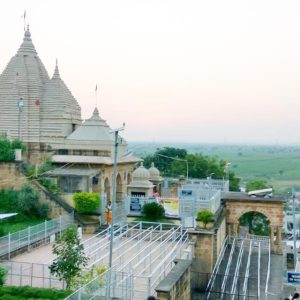
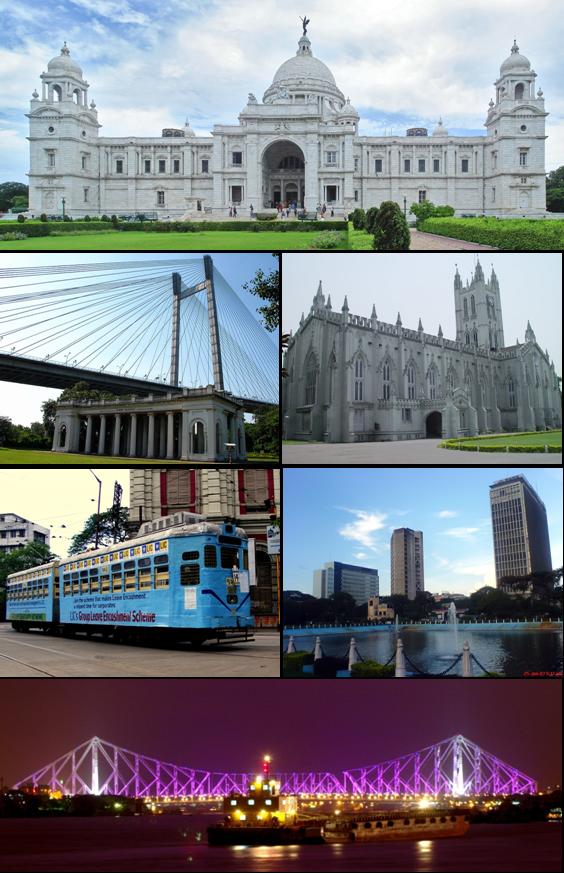
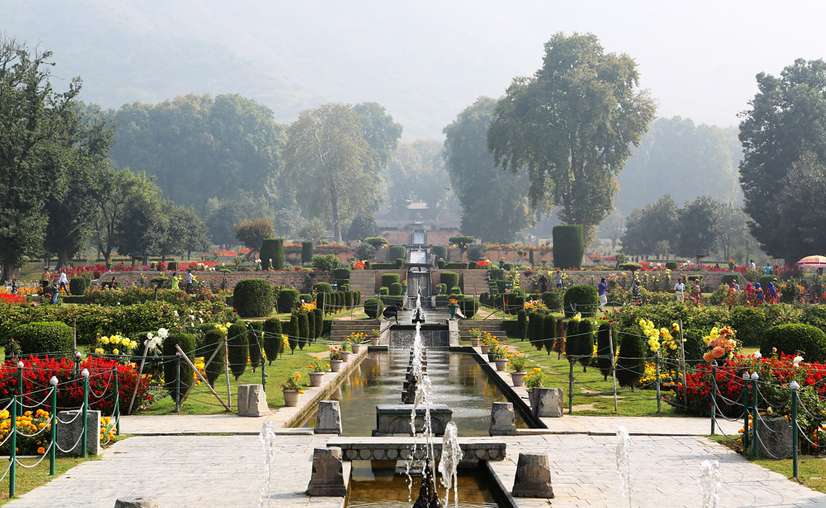
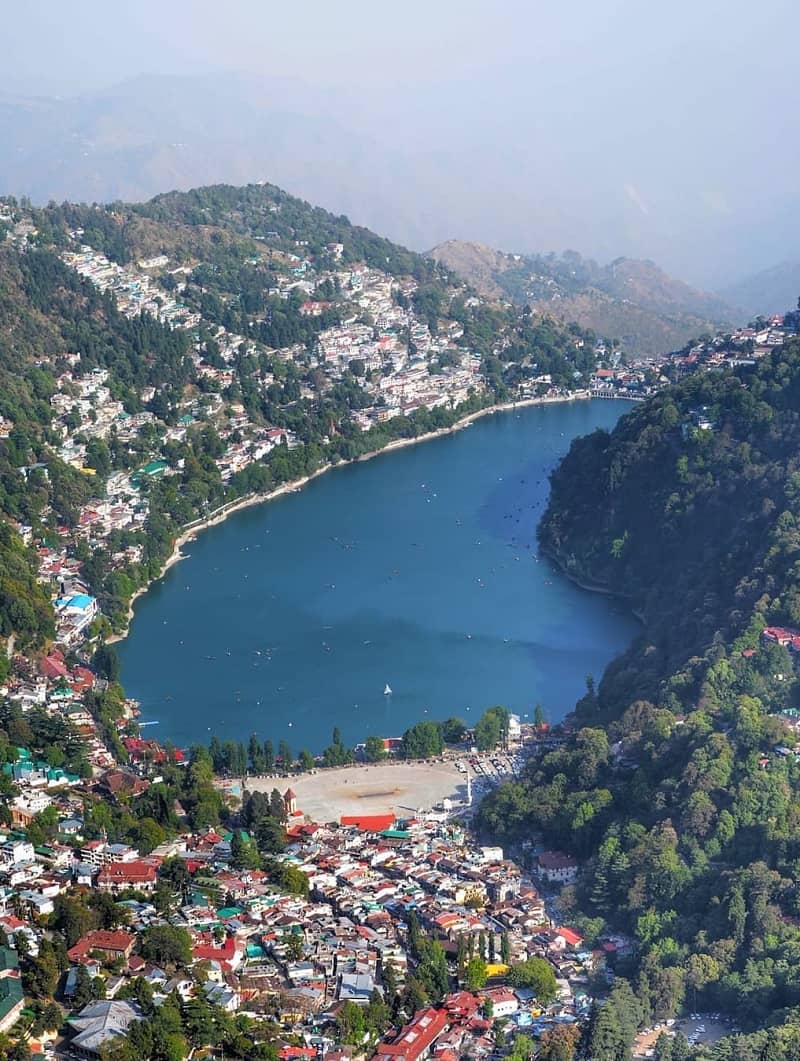

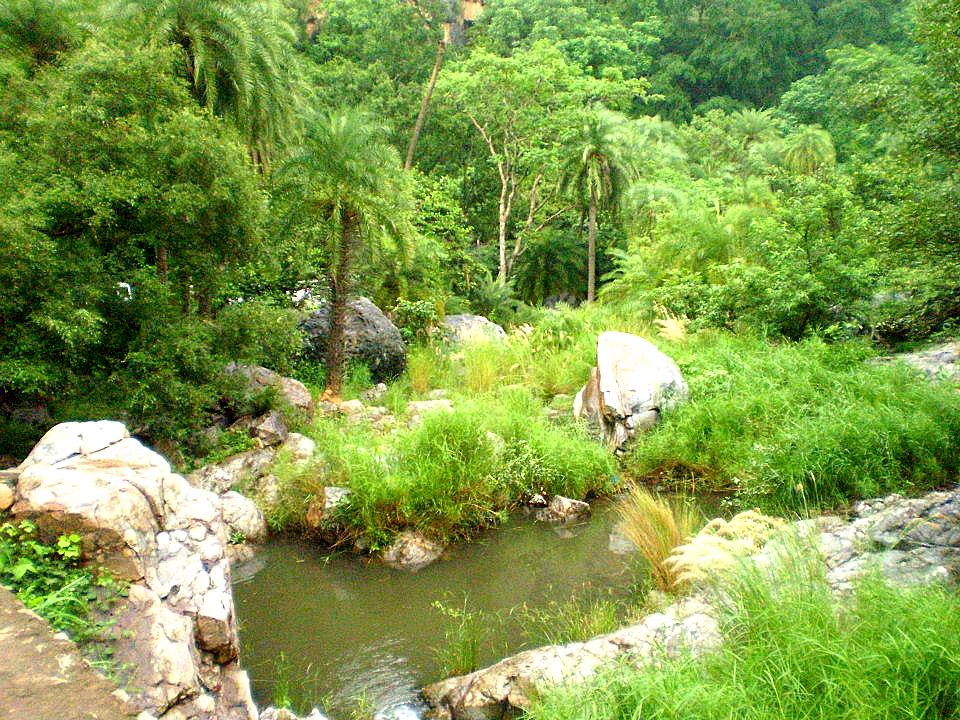
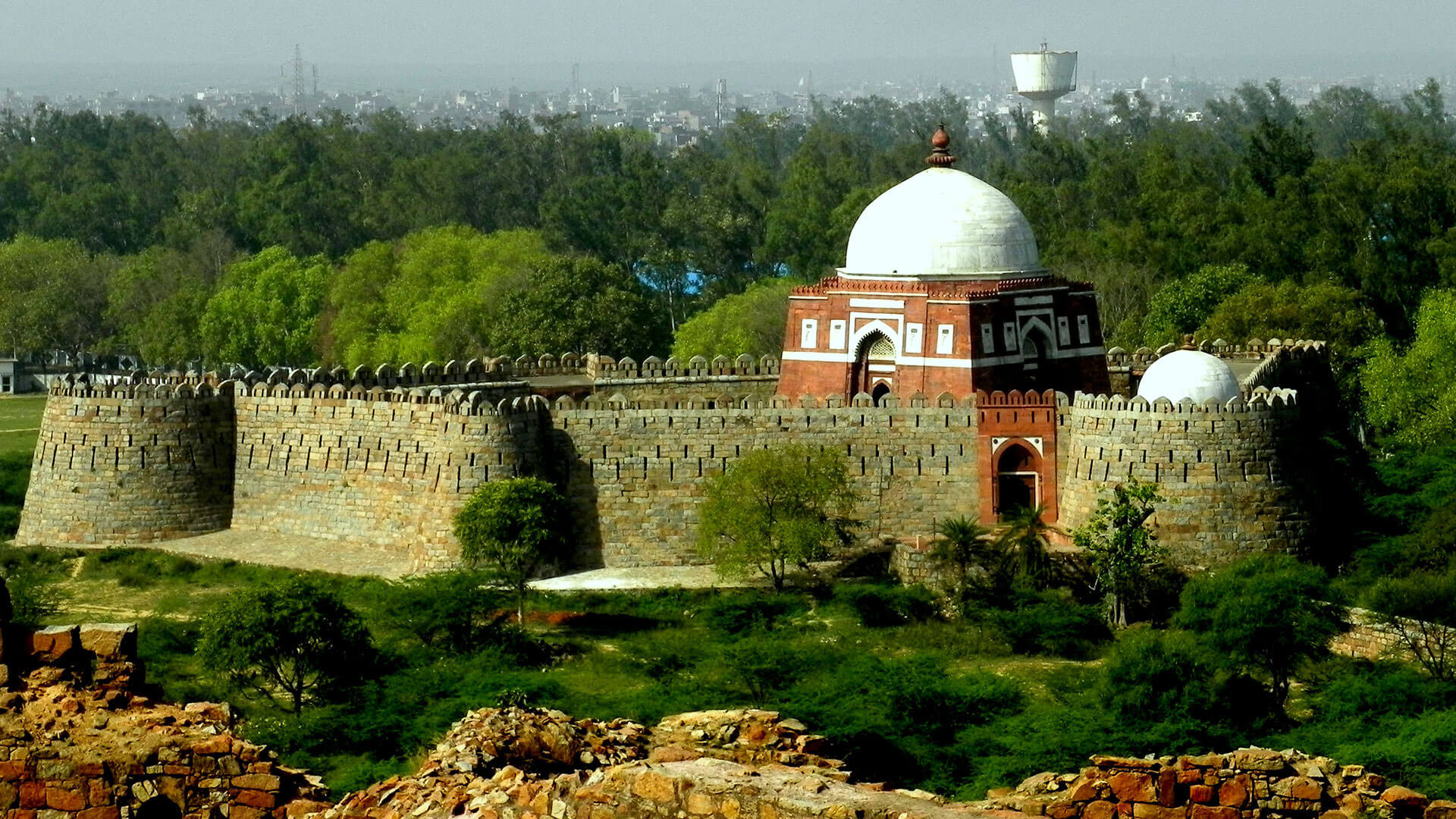
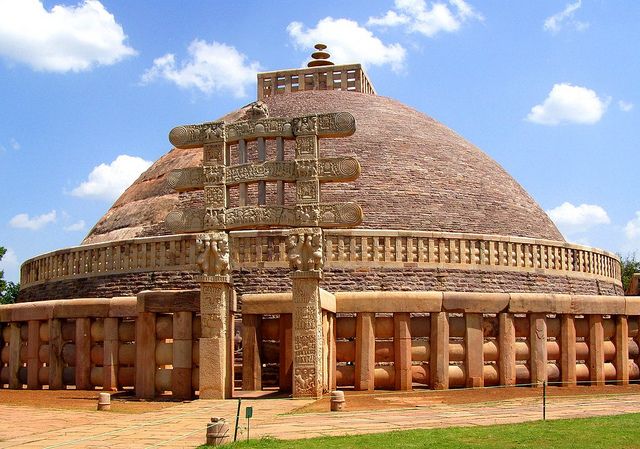
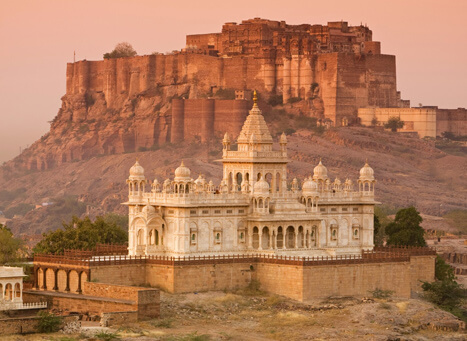
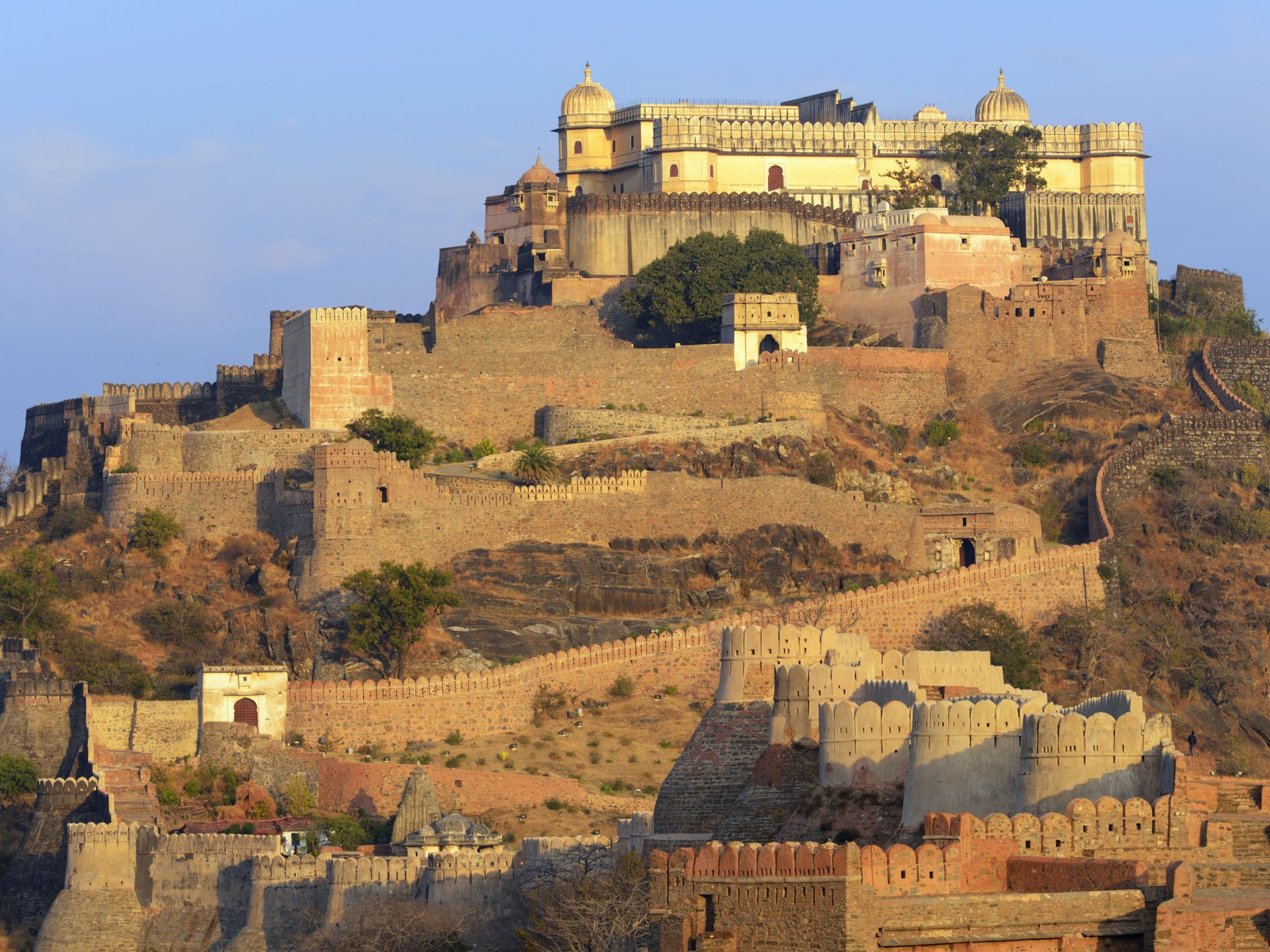


11 Comments
Comments are closed.